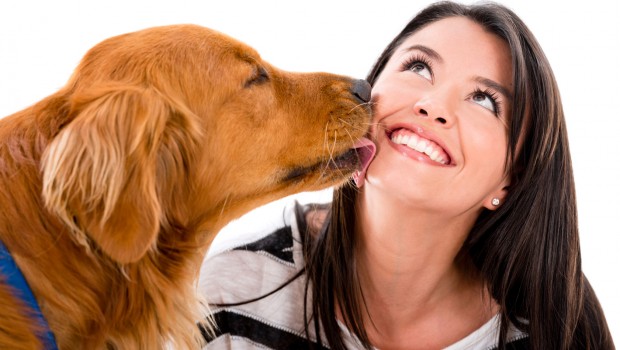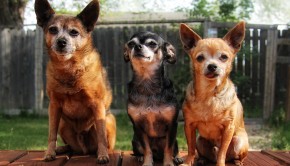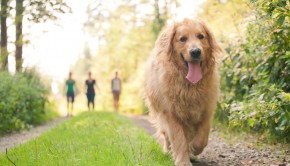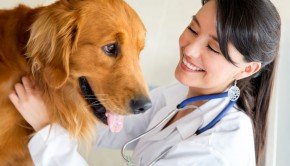Understanding Separation Anxiety Disorders In Dogs
Does this sound like you and your dog? You’ve had him since he was a puppy. He is a sweet dog, eager to please, and enjoys being around you and your whole family.
But lately, you’ve noticed that he’s become destructive around the house whenever he’s left alone, even for just a few hours. You come home and the house looks like it was hit by a tornado: papers scattered everywhere, the trash can was knocked down, and your clothes were chewed into shreds.
Your dog may be suffering from separation anxiety, a problem common with many puppies and dogs. Separation anxiety is a panic disorder exhibited by a dog in the absence of his owner. It is the fear of being left alone that results in unwanted, destructive behaviors.
Dogs are social creatures. As puppies, it is natural for them to get dependent and attached to their mother and littermates. This type of attachment is transferred to you, his owner when the puppy enters your life. This attachment results in distress whenever the dog is left alone in the house, which is the most common cause of separation anxiety.
Signs Of Separation Anxiety
Your dog is suffering from separation anxiety if he displays the following signs: Destructiveness; excessive crying, barking, howling, whining, house soiling, pacing, depression, self-mutilation, excessive salivation, hyperactivity, and scratching or chewing at walls, doors, windows, furniture, and other objects.
Causes Of Separation Anxiety
There are many causes for separation anxiety in dogs. Some were developed with experiences they had before the dog ever became part of your family, such as loss or abandonment of the previous owner.
Below are six other causes of separation anxiety in dogs
1. A traumatic experience such as an injury, thunderstorm, or an alarm system going off that happened while you were gone.
2. A loss or addition of a family member.
3. Premature separation from its mother and littermates.
4. Having a new pet in the house and spending a lot of time with that new pet and less time with him.
5. A sudden change in schedule, lifestyle, or environment.
6. Changes that occur in older dogs, both physiologically and mentally, that results from aging.






